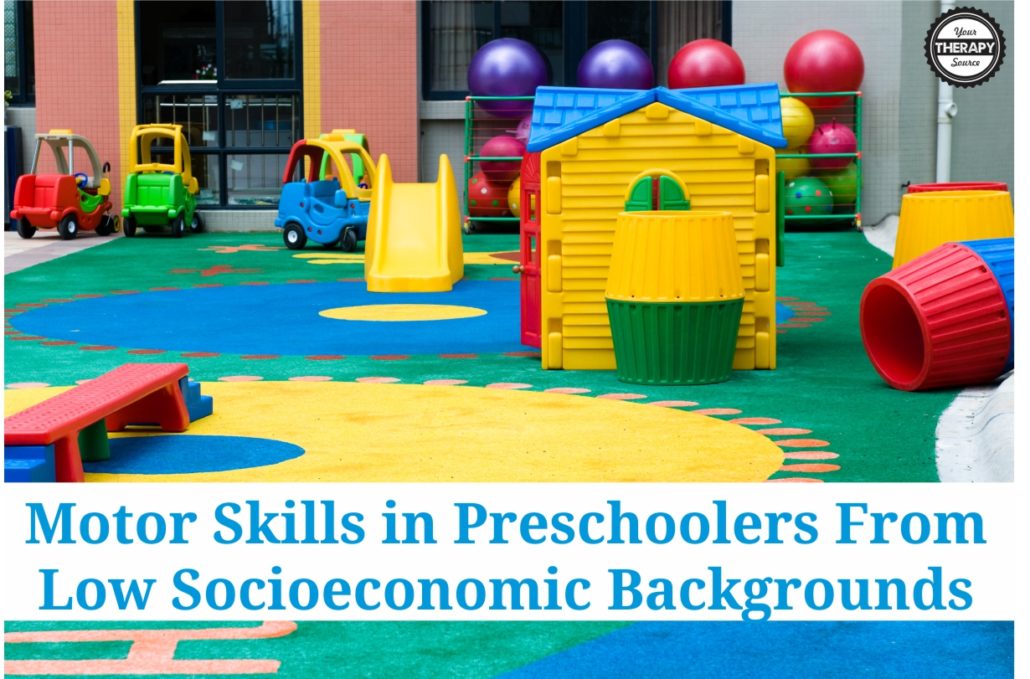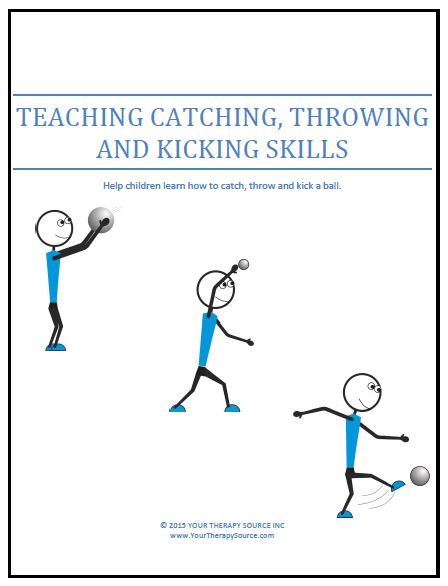Motor Skills in Preschoolers From Low Socioeconomics

Early Childhood Education Journal published research on 68 preschool children (34 low socioeconomic (SES) background and 34 typically developing) to compare the motor skill performance using the Peabody Developmental Motor Scales-2 (PDMS-2). Standard scores from each subtest (i.e., stationary, locomotion, object manipulation, grasping, and visual-motor integration) and three quotient scores were calculated for all the 68 preschoolers.
Statistical analysis of the PDMS-2 scores indicated the following:
- all preschool children identified as low SES scored at average or lower on total motor quotient scores.
- 88.2 % of children identified as low SES were classified as average, and 11.8 % of children were in the below average performance category.
- children identified as low SES scored significantly lower than the typically developing children on the visual-motor integration subtest, locomotion subtest, and Total Motor Quotient.
- children identified as low SES were significantly delayed in both fine and gross motor skill areas when compared to their typically developing age and gender matched peers.
The researchers concluded that preschool children should receive comprehensive assessments and to include motor tasks when designing early intervention programs.
Reference: Liu, T., Hoffmann, C., & Hamilton, M. (2017). Motor Skill Performance by Low SES Preschool and Typically Developing Children on the PDMS-2. Early Childhood Education Journal, 45(1), 53-60.
Teaching Catching, Throwing and Kicking Skills: Help children learn how to catch, throw and kick with this packet full of information of age progression of skills, visual picture cards, tips, letter to parents and more! FIND OUT MORE INFORMATION.



